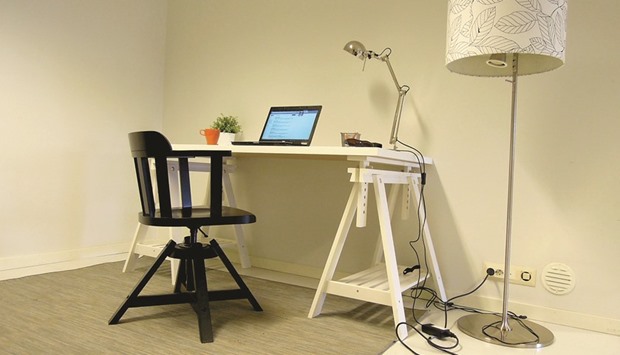Matthew Schofield, Executive Director, and Sean Vernon, Contractual/
Commercial Consultant at Quantum Global Solutions continue their series of articles
on the construction industry. This month, Sean discusses how furniture design and
the construction industry have more in common than you’d think.
Most of us are familiar with IKEA as a leading seller of flat-pack furniture even if we have not actually bought any furniture from them. The rental flats of the world would be empty if not for IKEA.
When you buy a piece of IKEA furniture, such as a coffee table, for example, you are in a similar situation to a contractor starting up on a construction contract, setting aside that you have actually paid for the furniture.
On opening the flat-pack it is essential to find and read the instructions. These instructions are equivalent to Issued for Construction (IFC) documents, a combination of specification and IFC drawings.
It is essential to read and understand the instructions much as it is to read and understand a contract’s documents. Fail to do so and the outcome will be exactly the same, be it constructing a coffee table or a flyover.
IKEA’s designers have worked many hours to produce a coffee table design that will hold several cups of coffee, a selection of magazines and the essential TV remote. This coffee table has also been through testing to ensure its suitability for this job.
The result is what you see in the brochure. Follow the instructions and you will go from flat-pack to coffee table in no time at all.
Each element of the coffee table is shown on the drawings with the method of fixing specified. This should also be the case for IFC documentation on a construction project. The design is the employer’s and the contractor takes this and builds the project in accordance with this design. The end result should be what the employer required and look like the architect’s impression.
What IKEA’s instructions do not tell you are things such as how to support the table legs whilst attaching the stretchers or how to insert the glass top into its frame. These are methods of working and best left to the individual to decide. Much the same is true in construction contracts where methods of working are dealt with via the contractor’s method statements.
However, once in a while problems occur with flat-packs. Maybe there is a piece of MDF that is not shown in the instructions. What to do? Throw it away? It may be an essential part. Fix it somewhere and hope for the best? The furniture was designed to function in a certain way and there could be coffee spillage if this piece is inserted wrongly!
The thing to do is to ring the Helpline. The correct procedure is to ask the designer what to do.
Likewise, if the instructions show a round peg to be inserted into a round hole 5 mm from the edge of the table edge but the hole is square and 20 mm from the edge, the same procedure would apply.
The same is true in a construction contract. If a detail is not shown on the IFC or there is a contradiction between drawings, then the contract should contain a mechanism to allow the contractor to request instruction from the employer on how to deal with this situation. After all, the design was ‘Issued for Construction’.
This would also apply when site conditions do not match the design issued by the employer such as a sewer line running through the middle of a column base.
You would not expect IKEA to tell you to develop or correct their coffee table design nor should the employer require a contractor to complete or correct the employer’s IFC design.
Unfortunately in many cases this is what happens. The contractor is required to complete an insufficient or defective design during the shop drawings process. This brings up many questions.
If you were to revise or otherwise alter IKEA’s design of their coffee table, who would be liable for any coffee spilled if a leg failed? How would that affect IKEA’s designer’s liability? Would IKEA have any recourse to their designer? Would IKEA owe you money for the redesign?
All of those questions are equally applicable in construction contracts.
Similar to the scenario of the IKEA coffee table, a contractor for a construction contract can expect full details sufficient to construct the project to be issued as IFC. If there are any omissions, discrepancies or errors within the IFC documentation, the contractor should ask for and expect instruction before continuing.
If only putting together flat-pack furniture was as easy as construction.

If a detail is not shown on the IFC or there is a contradiction between drawings, then the contract should contain a mechanism to allow the contractor to request instruction from the Employer on how to deal with this situation. Photo by Jack Murphy


